A straight wall is not necessarily a climate-optimized wall. Depending on the wall's exposure to sun and shade, there is an ideal angle for individual bricks. The calculations come from a digital design configurator - and in the future, a robot will help craftsmen to position the bricks precisely. In a workshop with apprentice bricklayers, this human-machine cooperation in construction has been tested under real-world conditions by the Technical University of Munich (TUM) and the Munich-Ebersberg Construction Guild.
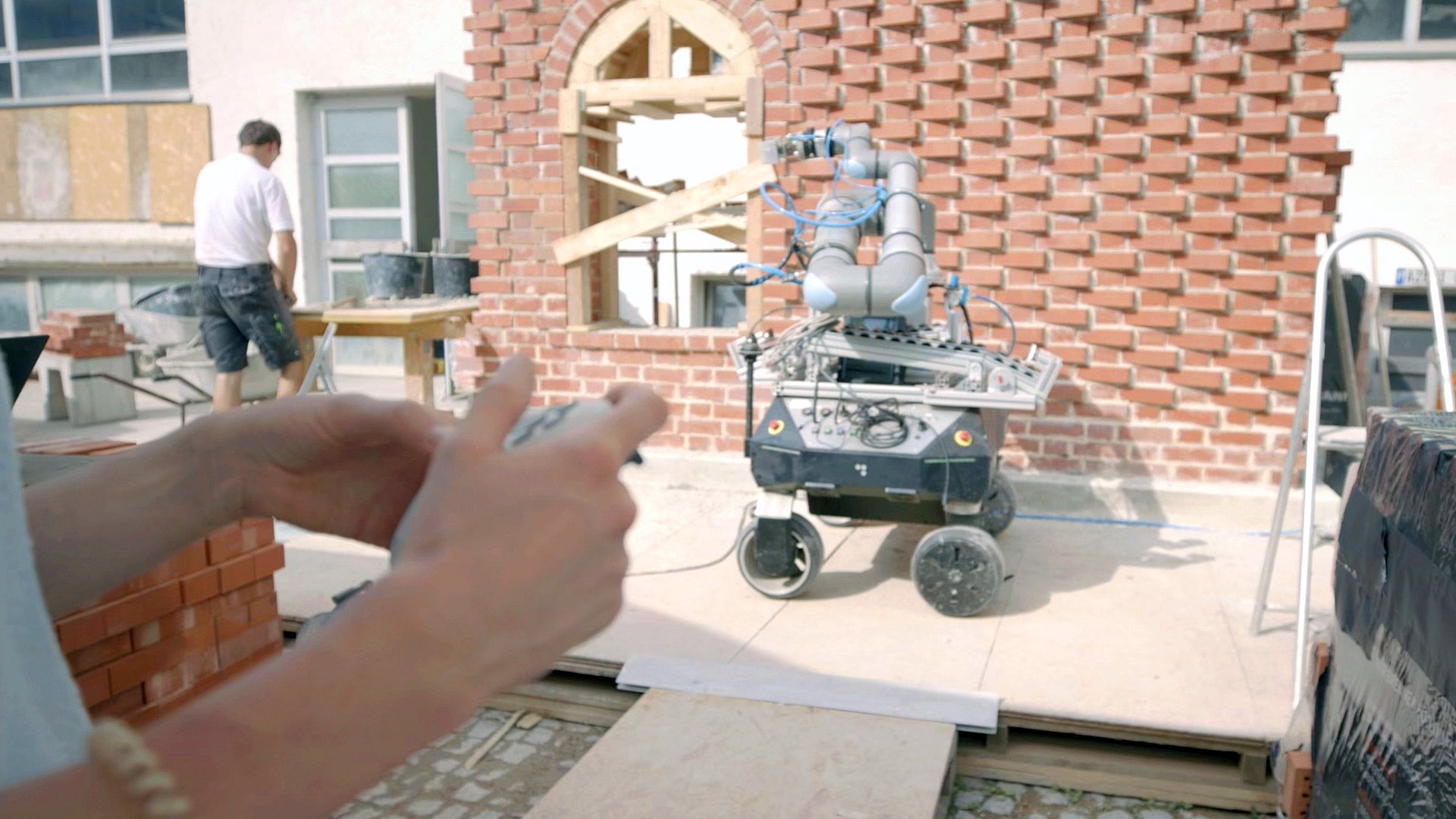 TUM
TUM When TUM researcher Julia Fleckenstein works with apprentices from the Munich-Ebersberg Construction Guild to erect a wall, a robot is always on hand. Without it, it would be impossible to lay the bricks for the outer layer of the wall. Of the 1,700 bricks used, more than 200 are not positioned exactly above each other. 'They are rotated out from the wall at different angles," says the architect, who holds the TUM Professorship of Digital Fabrication. The reason for this is that the wall is climate-optimized. A digital design configurator knows how shaded or sunny the location is where the wall of a house is to be built and calculates precise, climate-optimized positions for the individual bricks.
The robot stores a digital twin of the wall. As a result, the logic of robot assembly is directly integrated into the design process. "The robot is like a new colleague," says Fleckenstein. The robot arm is equipped with a gripper and mounted on a mobile base to move left and right as needed. This allows it to reach any point on the approximately 4 x 2.50 meter wall.
Construction Guild team includes a robot for the first time
The robot was developed at TUM to work on construction sites alongside humans. "It makes sense to build this way," says Markus Bruckner, a trainer for bricklayers and plasterers at the Guild: "The robot provides precision where humans reach their limits." Rather than replacing skilled craftsmen and craftswomen, it complements their skills. Three of Bruckner's apprentice bricklayers worked on the wall. "It took some getting used to at first when a robot arm suddenly started working alongside us," says bricklayer apprentice Dragan Stanojevic, who will complete his training next year: "Now it's easy to imagine it."
Simulated in advance on the computer: individual brick walls to combat excessive heat loss
The project, which is funded by the Bavarian transformation and research foundation "Climate Active Envelopes", is also based on the idea of simpler construction, for example, using only bricks. Instead of complex wall structures with different materials, the trainees lay bricks in several layers one behind the other. The wall is now "four heads deep," in Bruckner's words - a total of 55 centimeters. That is 20 to 25 centimeters more than usual. "Weather-resistant clinker bricks or impregnated bricks are used on the outside, while insulating bricks should be used on the inside, initially shown here with perforated bricks," says Fleckenstein. Master mason and construction technician Bruckner adds: "Bricks allow for simple and sustainable construction - and with monomaterial constructions, we are also thinking about easier dismantling and reusability."
Robots on the construction site of the future
"The workshop makes it clear that collaborative robotics does not mean replacing craftsmanship, but rather expanding it in a targeted manner," says Kathrin Dörfer, Professor of Digital Fabrication at TUM, who initiated the workshop together with Laura Lammel, Master Craftsman at the Munich-Ebersberg Construction Guild: "It is precisely the interplay of digital planning, robotic execution and craftsmanship that creates new possibilities in the construction process." This opens up prospects for trainees in a future-proof craft which, far from being displaced by new technologies, will actually be strengthened.
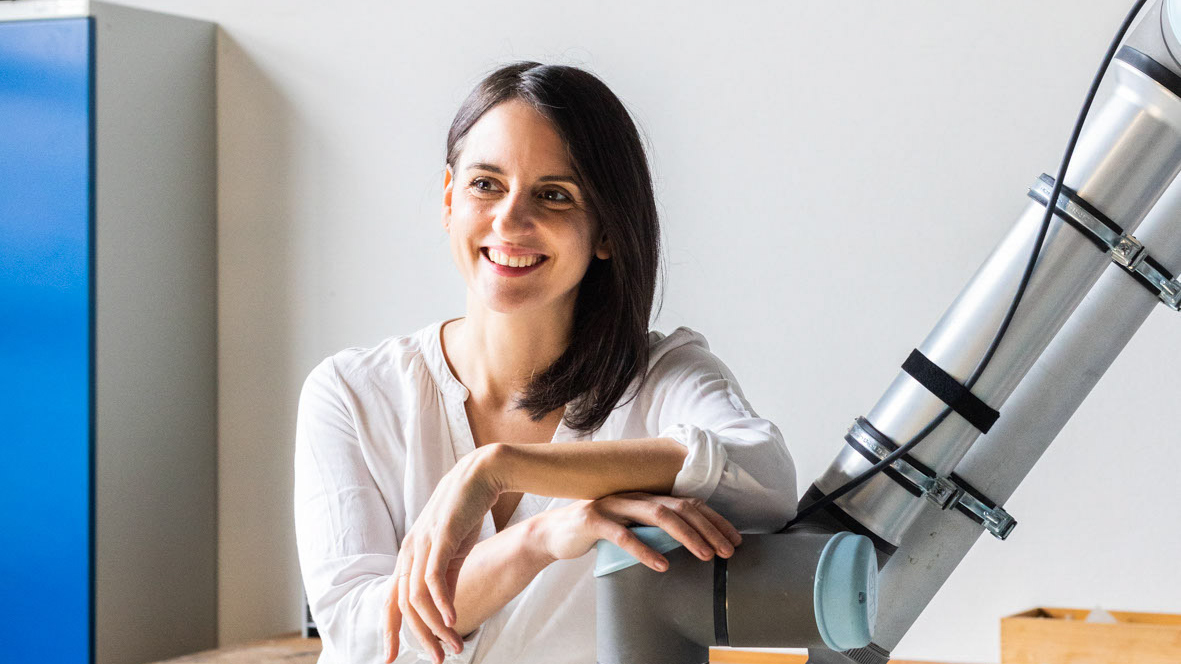 Astrid Eckert / TUM
Astrid Eckert / TUM 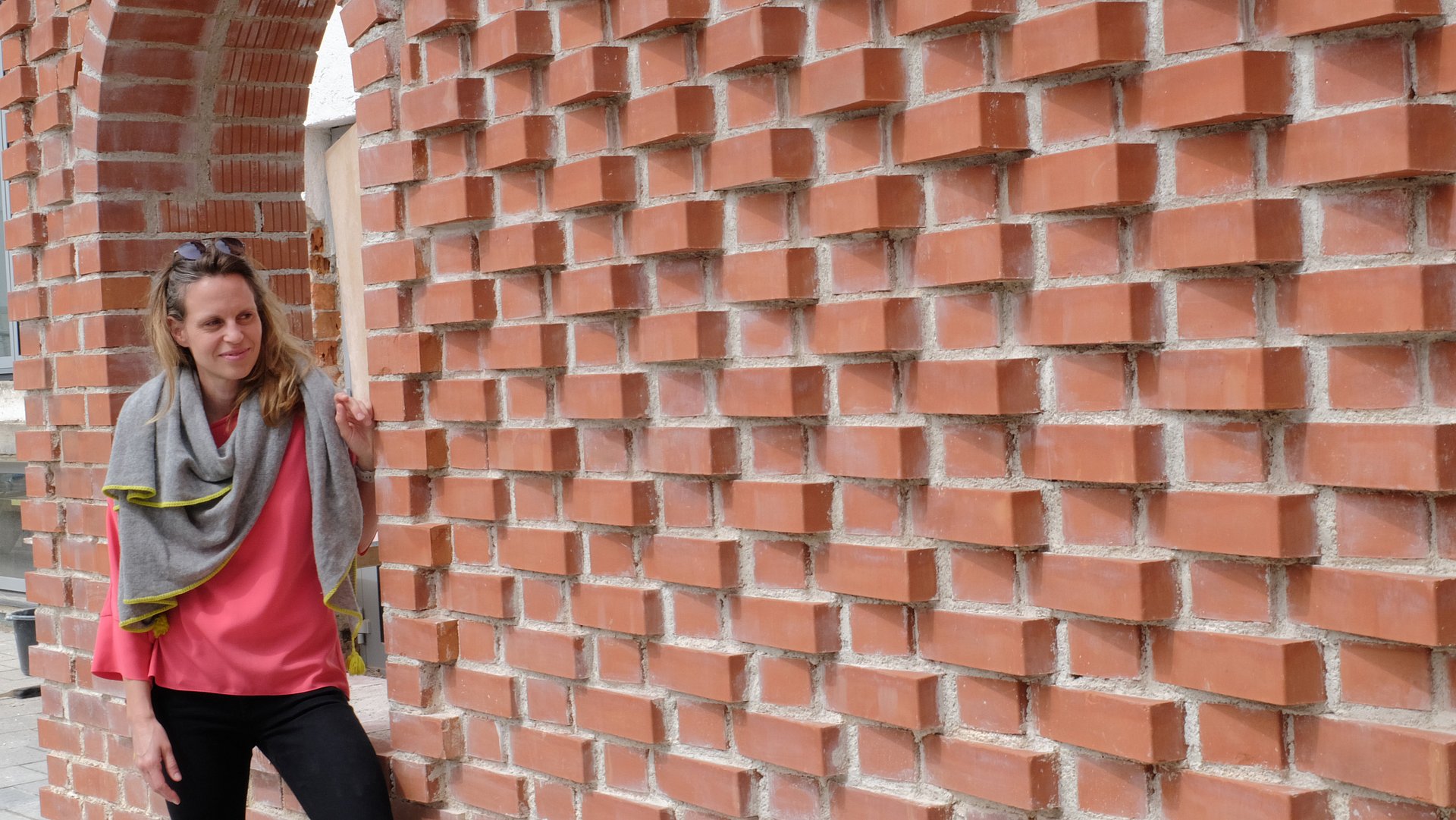 Andreas Schmitz / TUM
Andreas Schmitz / TUM 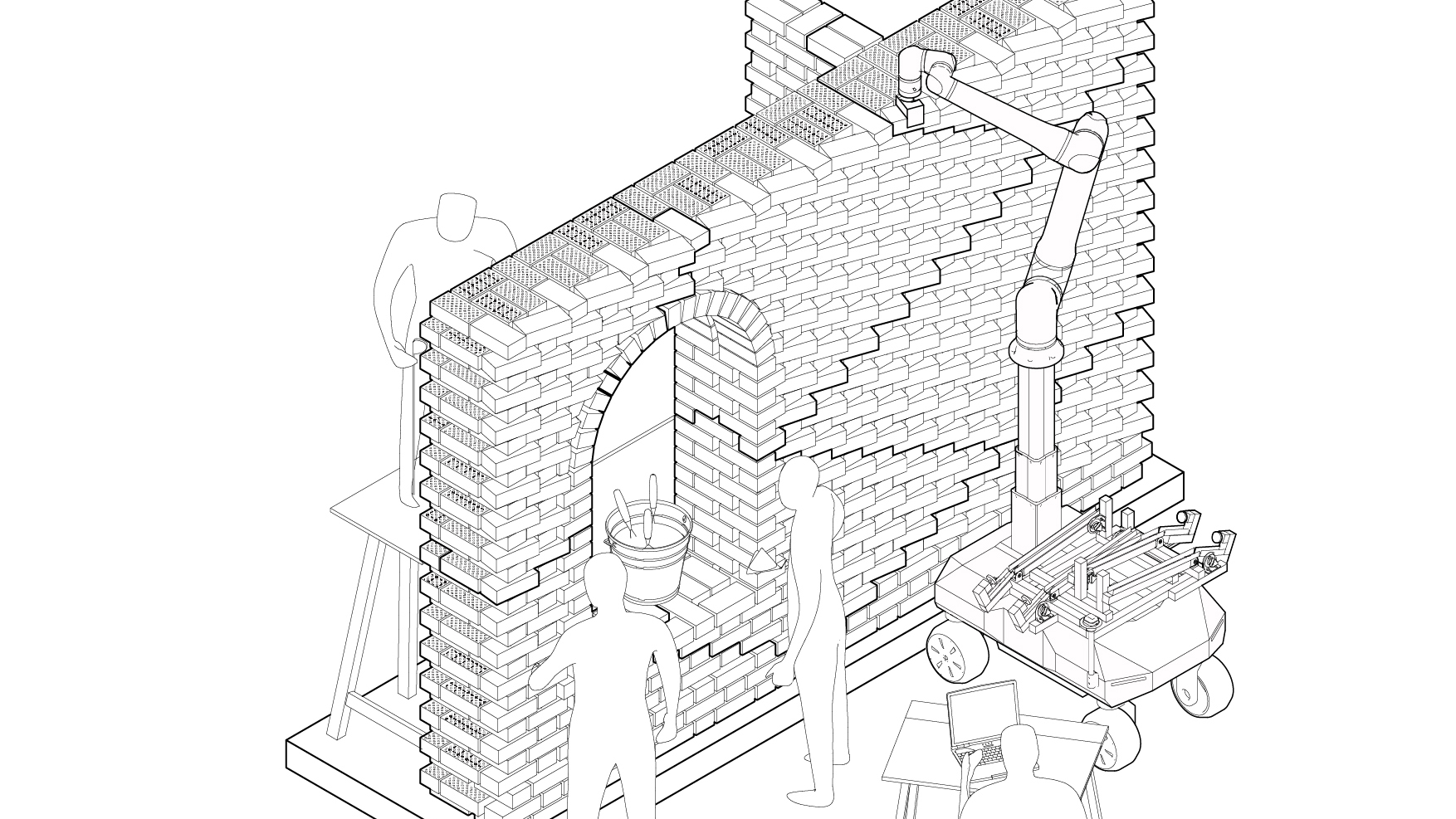 TUM
TUM 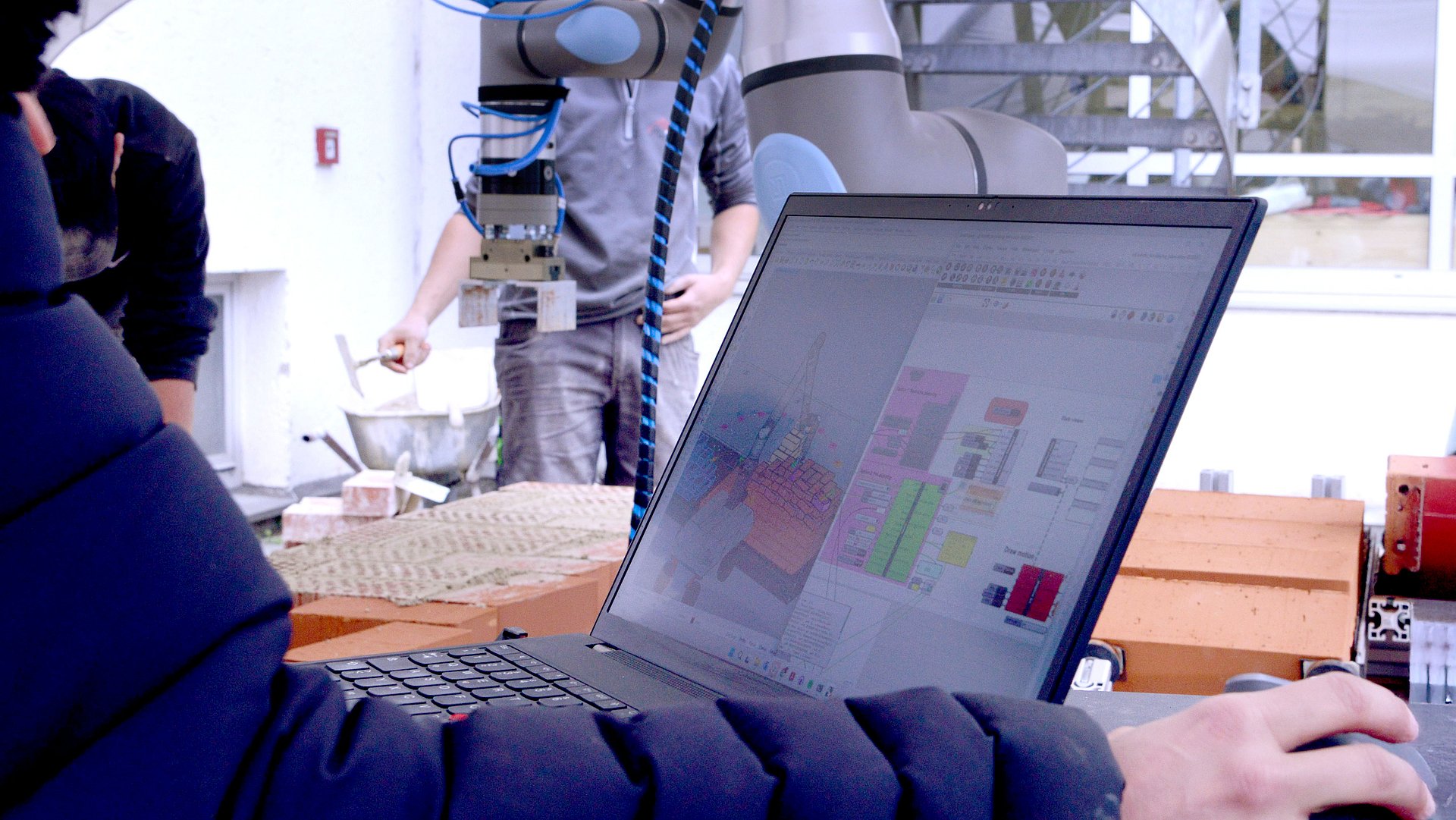 TUM
TUM  Andreas Schmitz / TUM
Andreas Schmitz / TUM  Astrid Eckert / TUM
Astrid Eckert / TUM - Climate Active Envelopes research project: https://www.arc.ed.tum.de/en/df/research/climate-aware-robotic-envelopes-cae/; the workshop took place in collaboration with the Munich-Ebersberg Building Guild
- Video: How the robot is used to build a wall - www.youtube.com/watch






